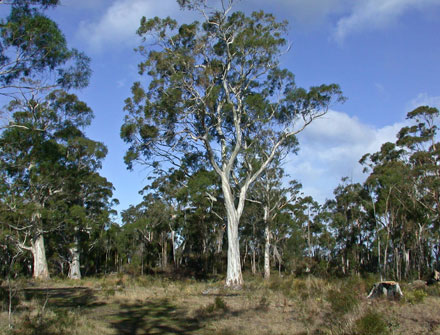
In a bid to save the future of trees and forests amid the reports of rising temperatures, researchers sought to understand the process that leads up to mortality in trees. Source: The Christian Science Monitor
Millions of trees have died as a result of lack of water including the 225 million in the Southwest of the US during the 2002 drought, the 300 million in a 2011 Texas drought, and the 12 million this past year in California.
Climate scientists have for years had difficulties singling out the traits that render certain trees vulnerable to extreme heat and drought. But a study published in the Proceedings of the National Academy of Sciences provides new insights that could help identify which trees are susceptible to drought.
“There are some common threads that we might be able to use to predict which species are going to be more vulnerable in the future,” said William Anderegg, a University of Utah biologist and study author.
To conduct the study the team examined 33 published studies about tree mortality that included 475 species and more than 760,000 individual trees.
The researchers then compared the mortality rates of each species to those of 10 tree physiological traits, searching for commonalities.
The team observed various tree characteristics including wood density, rooting depth, and basic leaf characteristics, such as whether the species was an evergreen or a deciduous tree.
They also examined the hydraulics of how water moves through trees.
The researchers found that all the three traits that significantly predicted tree drought mortality are related to hydraulics.
Trees need water for photosynthesis, and the process of pumping the water from the soil to the leaves during wet seasons is smooth.
When temperatures are high, however, the pumped water quickly evaporates from the leaves, leaving them in need of more water.
If there’s shortage of water the trees are forced to work extra harder to pull water from the roots, which sometimes can cause tension to build up in the stem.
If the tension is eventually too overwhelming for the tree to handle, bubbles may enter the pipes of the stem blocking the flow of water, a process called embolism.
“You can actually hear this on a hot summer day if you stick a microphone up to a tree,” Mr Anderegg said. “You can hear little pings and pops as these pipes get filled with air.”
Other traits did not play significant impacts to the mortality of trees, the researchers found.
The scientists plan to incorporate the results of the study into climate models to assist land managers predict the species that are likely to be susceptible to drought.
“With drought projected to increase, being able to predict tree death is imperative to understanding changes in Earth’s forests,” Liz Blood, program director of the National Science Foundation (NSF)’s Division of Environmental Biology, which funded the research, said. “This study offers important new insights into how and why trees die from drought, and which trees are at greatest risk.”







